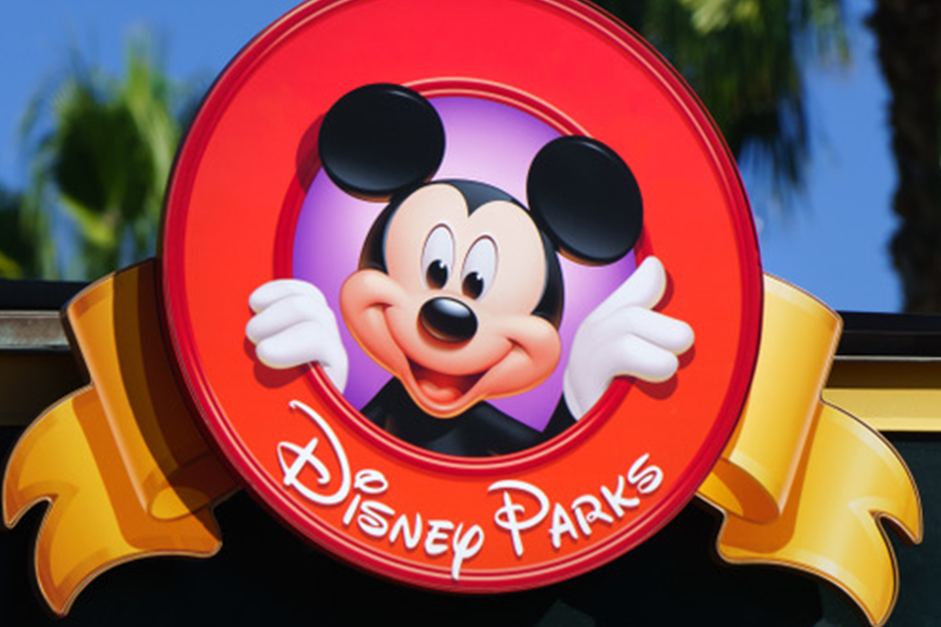Winning brands are desirably different in consumers’ minds. Differentiation in business is what helps them win.
If your business model fails to have at its core a clear idea that differentiates you from your competition, then you stand a pretty good chance of failing — unless you offer a very low price.
This cannot be overstated: Differentiation is critical.
To grow, your business needs successful marketing. And marketing will be most successful if it is tightly aligned with a business model built around the idea that gives customers a clear and compelling reason to engage with and buy from that business instead of its competitors.
Simply stated: If the business is not differentiated from its competition, it will fail or, at best, tread water with its unsustainably low margins.
The No. 1 goal for a successful business is to find its difference. The degree of success is proportional to the degree to which it is different from its competitors — all else being equal.
The No. 2 goal is that the difference is one the consumer desires. The degree of success is proportional to the degree of its desirability — all else being equal.
To achieve the ideal business model, the challenge is for its brand (product and/or service) to be different from its competitors and also desirable by its customer.
The job of marketing is to align strategies and tactics to capitalize on this desirable difference.
This desirable difference is called the position. We want to own that position in the consumer’s mind.
Positioning is the process of driving the brand into the mind of the customer.
Some of the tools used in positioning are pricing, packaging, advertising, distribution, public relations and the list goes on. The position drives the strategy behind each of the touchpoints with the consumer.
The rate of change in the marketplace is increasing. This has opened the door for new players and often handicaps the incumbents.
Having an ear to the marketplace is a must. In addition to continuous improvement, one might need to consider a more drastic strategy, reinvention. Reinvention requires repositioning. In some cases, a completely new brand might need to be introduced.
Differentiation in the business category
Another strategy to grow the brand is line extension, though taken with careful consideration.
Tesla owns the position of the newly created subcategory electric cars. Ford and the other longtime players in the car category will have difficulty winning in this subcategory.
The numbers bear this out. In just a few short years, Tesla is now worth more than the entire Ford Motor Co.
Companies consolidate. Categories, however, rarely do.
Categories divide.
Take the fast-food category, subdivided by food type. McDonald’s owns burgers, KFC owns chicken, Starbuck’s owns coffee, Subway owns sandwiches, Taco Bell owns Tex-Mex foods, and yes, Pizza Hut should stick with pizza.
But they just can’t help themselves, and they add misalignments to their menus.
For instance, The Washington Post reported, “Starbucks wants to sell you a sushi burrito with your Frappuccino.”
Starbucks doesn’t have kitchens. They use a souped-up microwave oven. They started serving breakfast, possibly an acceptable brand stretch. We think they may be stretching too far, though, with their lunch and dinner offerings.
All this food is also slowing down the lines. So much for the “Starbucks experience.” We don’t go to Starbucks to buy food. We go to Starbucks to buy coffee. A little more focus is needed.
For many businesses, the temptation is strong, almost irresistible, to add to its product offerings. Many think the more they add, the more successful they will be.
The attraction is understood when considering the alternative, which is introducing a new brand. The cost to introduce a consumer brand nationally starts at about $50 million.
The most abused business practice is to introduce products and services that do not align with the position the brand owns in the customer’s mind. These are bad line-extensions.
Crest toothpaste line-extended to include Crest chewing gum. It didn’t sell many sticks. McPizza didn’t work out well for McDonald’s. There are countless examples of bad line-extensions.
They can weaken the brand’s position and open it up to a more focused competitor. Positioning prescribes focus. To borrow from Tony Robbins, “Where focus goes, energy flows.”
Just as important, it’s OK to introduce products and services that do align with the brand’s position — that one cohesive idea. Those are considered good line-extensions. Not only can they be OK, they also can be one of a company’s wisest moves.
Arm & Hammer, known for its baking soda, line-extended to include carpet deodorizer — a fitting and complementary alignment. Sunkist, known for its orange beverages, line-extended to include vitamin C tablets. That line-extension actually strengthens the Sunkist brand.
The use of an existing brand name on a new product provides instant equity. Disney attached its name to its theme parks, hotels, a cruise line and more. Imagine the cost to introduce an entirely new cruise line brand.
Not only does Disney save millions of dollars in advertising versus the cost to promote and establish a new brand name, the line-extensions actually enhance the Disney brand.
Mickey did it right, sticking with his desirable difference of family fun entertainment.
Differentiation in business is not optional; it's mandatory.



